Summer Camp I
Summer Session I
Inspired by Leonardo Da Vinci


For our first summer session we were inspired by Leonard Da Vinci and his love and reverence for nature. The art of science and the science of art feature significantly in his life and work and above all the power of observation.
Born out of wedlock to a notary, Piero da Vinci, and a peasant woman, Caterina, in Vinci a region of Florence, he could not inherit the family tradition of being a notary and he was not eligible to attend one of the Latin schools that taught the classics and humanities, so he had no formal education. He was dyslexic, ambidextrous, vegetarian, anti-authority, primarily left-handed and was able to write upside down and backward. Qualities that are often thought of as disadvantages, were turned to his advantage. He was largely self-taught, which freed him to follow his insatiable curiosity outside of the political and religious dogma of the time. He did not speak or read Latin and could not communicate with other academics but became an Italian Renaissance polymath whose areas of interest included invention, painting, sculpting, architecture, science, music, mathematics, engineering, literature, anatomy, geology, astronomy, botany, writing, history, and cartography. He has been called the father of paleontology and architecture. Regarded as the prime example of the "Universal Genius" or "Renaissance Man", he was one of the most diversely talented individuals ever to have lived. His view of the world was logical rather than mysterious, and his methods were unorthodox for his time. Leonardo's studies in science and engineering are equal to his artistic work. His notebooks with over 13,000 pages of notes and drawings fuse art and natural philosophy which was the forerunner of modern science. He could think like an artist and a scientist, which gave him something more valuable: the ability to visualize theoretical concepts. He had a vast amount of spatial intelligence, which is one of nine forms of intelligence and is a foundational intelligence upon which many of the other eight rely and interact.
---------------------------------------------------
We began the week creating journals that we added to each day on nature walks. Over the next few days, we did sketches for etchings, paintings and sculptures. Mid-week we were joined by Lisa Wilkes who gave us an interesting presentation all about the many types of trees, followed by a papermaking lesson. It was a great group from Abernethy and Tabor classes. Most were in camp together last summer and know each other well so we had a good time and enjoyed our new art space.
























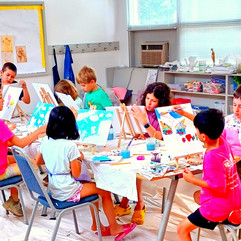





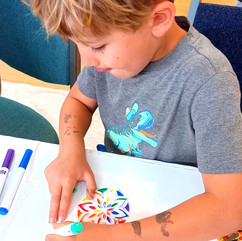


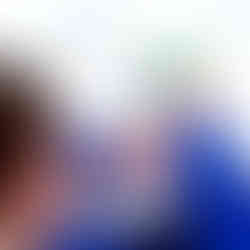





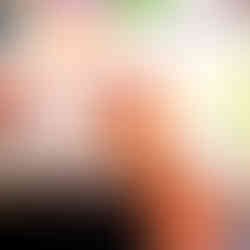








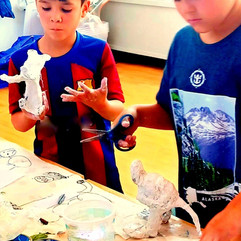

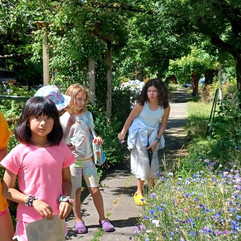








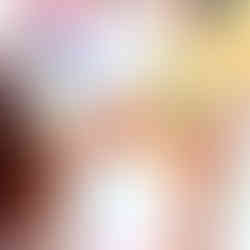

Commentaires